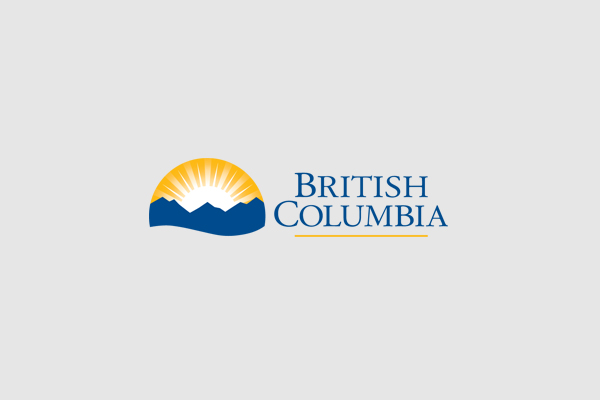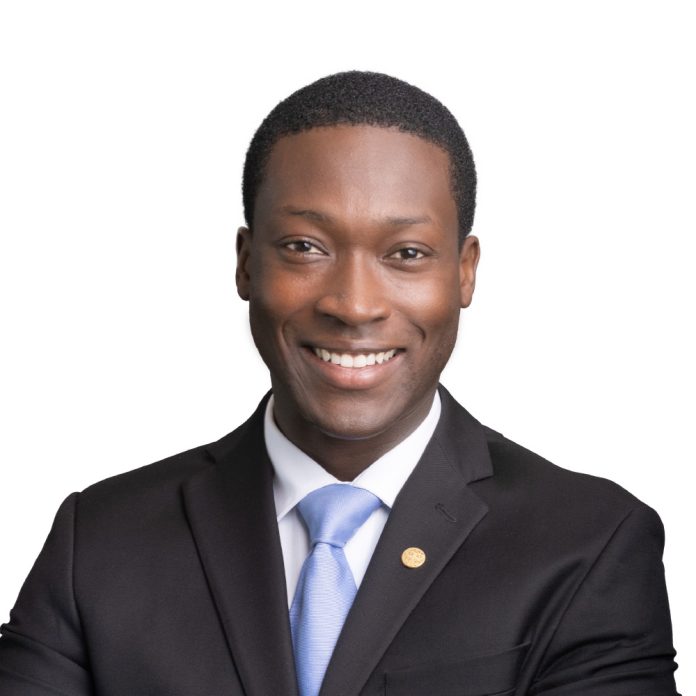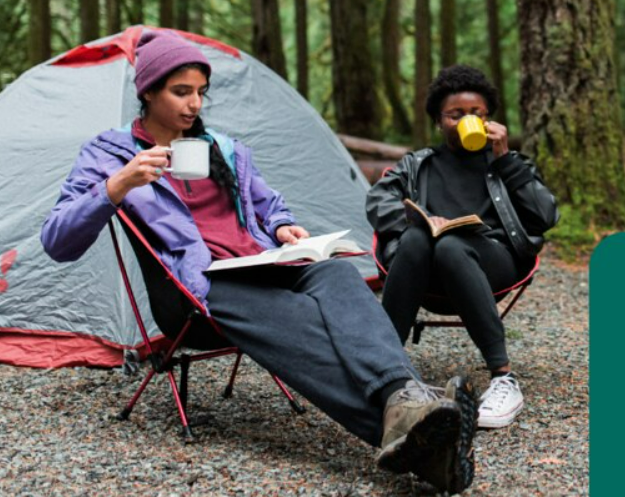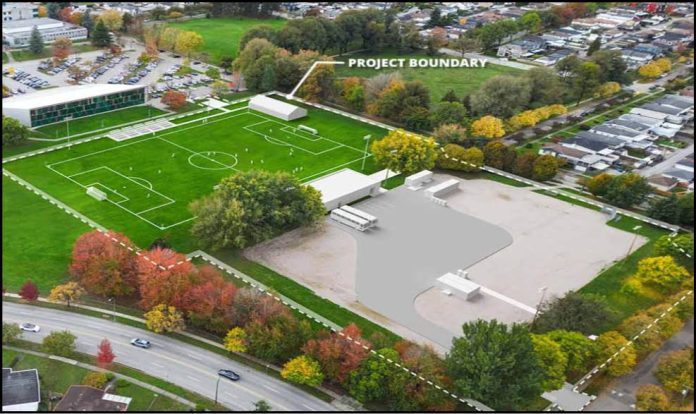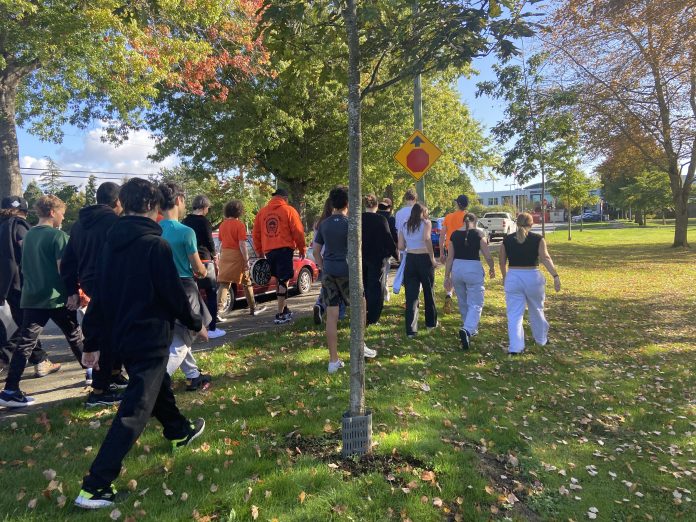BC NDP middle-class tax cut benefits 90%, while Rustad would make people wait nearly two years for help
SURREY – Surrounded by hundreds of supporters in Surrey, David Eby announced he will deliver $1,000 in a tax cut for the average family – every year, starting next year. Under this plan, over 90% of British Columbians will benefit.
“It’s really tough out there for many families – inflation and interest rates have driven up the cost of daily essentials. People need help now so they can get ahead,” said Eby. “John Rustad would make ordinary people wait eighteen months to receive any support – that’s if you believe him at all. Our tax cut for the middle class supports people now who are struggling with the high costs of groceries.”
David Eby’s plan will exempt an additional $10,000 of individual income from tax every year – providing a tax cut of over $1,000 for households and over $500 for individual British Columbians. In 2025, Eby’s middle-class tax cut will be provided through a direct rebate, so people do not have to wait for the help they need now.
Under Rustad’s scheme, British Columbians would see zero relief next year and would be left waiting until 2029 for the supposed full benefit. Benefits would go to fewer people, under a more complicated system, and people would wait almost two years for any relief.
When John Rustad was in government, he cut taxes for the top 2% and made people pay the price in higher fees and fares. People in Surrey were forced to pay over $10,000 in tolls a year to get to and from work on the Port Mann bridge.
“John Rustad has a 20 year record of supporting tax cuts for those who don’t need them and making people who could use the help pay more,” Eby added. “Rustad did it before and he would do it again if given the chance. It’s a risk we just can’t afford. If we earn the trust of British Columbians in this election, we’ll make sure people don’t just get by–they get ahead.”
BACKGROUND: Eby’s middle-class tax cut vs Rustad tax scheme
Starting immediately, David Eby’s middle-class tax cut will give a benefit of more than $1,000 for the average family each year. 90% of taxpayers will benefit by increasing the Basic Personal Amount that is exempt from provincial income tax by $10,000.
This will mean that British Columbians will not pay any provincial income tax on the first $22,580 that they earn.
The BC Conservative’s tax scheme is back-loaded – and no British Columbian will see any support next year. The supposed full benefits won’t even kick in until 2029. Over the next four years, Eby’s plan delivers more help to middle-class families than Rustad’s does. In the next two years, Eby’s plan will give people more than twice the benefit.
Here’s how the two plans stack up:
David Eby’s $1,000 a year boost to 90% of families builds on the BC NDP’s record of taking action to help people with costs:
- Eliminating unfair medical premiums.By ending MSP fees, people are saving up to $1,800 a year.
- Ending bridge tolls.Taking bridge tolls of the Port Mann and Golden Ears bridges has saved people driving to and from work over $10,000 a year.
- Cutting car insurance rates.Saving drivers almost $500 a year by making sure ICBC works for people, not trial lawyers.
- Keeping BC Hydro rates affordable.Rates have been below inflation for six years in a row after they skyrocketed 80% under Rustad’s old government.
- Reducing child care bills.Cutting fees in half for most parents and delivering more $15 day spaces for working parents.
- Making prescription contraception free. People are now saving up to $300 a month and as much as $10,000 over a lifetime.
- Helping with costs.In the last two years alone, people have benefited from two affordability credits and an ICBC rebate.
- Expanding local school lunch programs.Making sure our kids are well-fed and ready to learn through historic funding in B.C.’s Feeding Future program.

